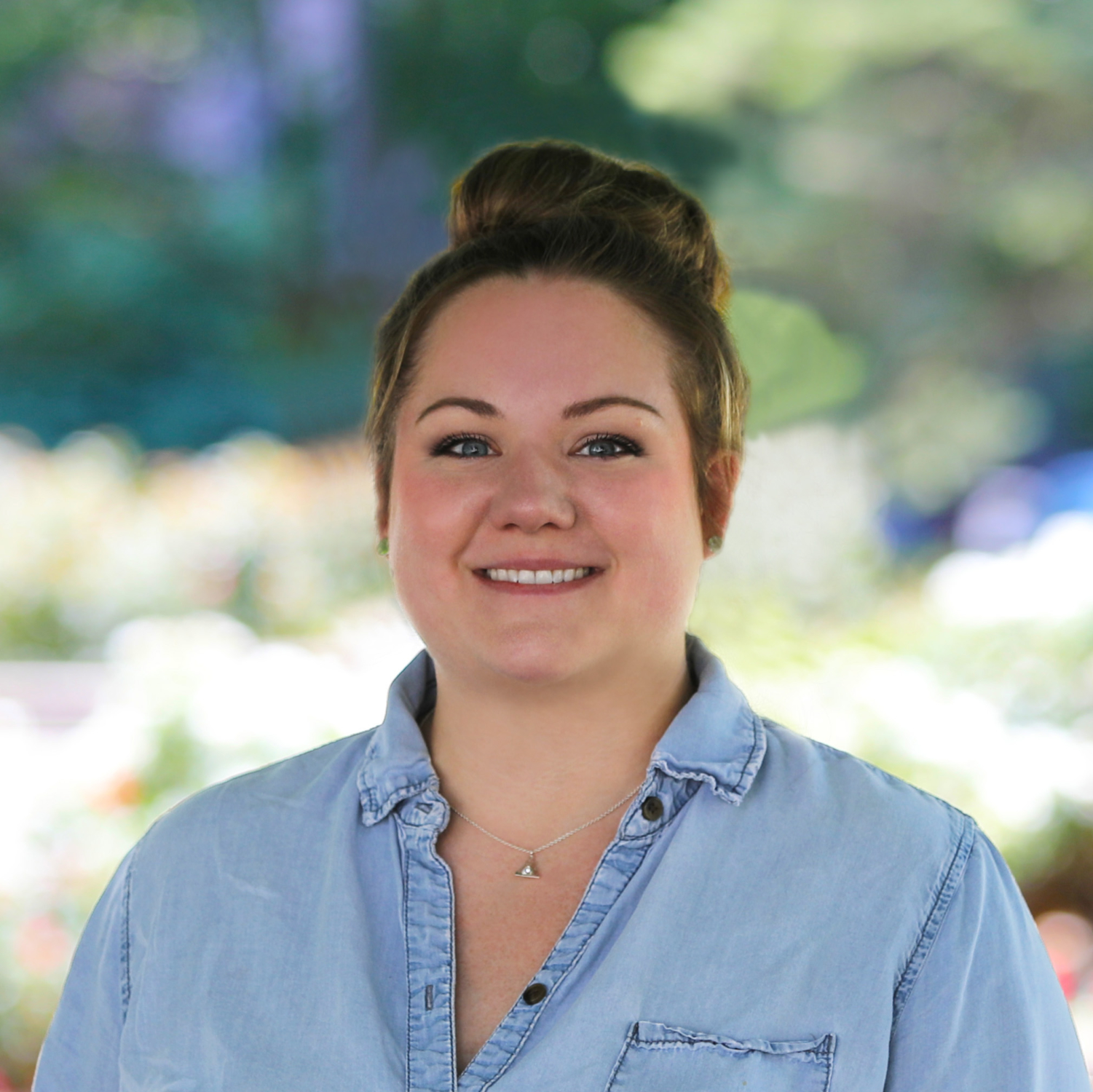Survey Reveals Most Influential Barriers for Educational Entrepreneurs
As we emerge from the pandemic, it is an opportune time check on where the world of educational entrepreneurship stands. Where is entrepreneurship succeeding, and where it is struggling?
EdChoice Director of National Research Mike McShane partnered with Hanover Research to survey 59 educational entrepreneurs—including those who are creating new schools with new learning models, those who are creating new curriculum or tools, those who recruit talent and more. Surveying Educational Entrepreneurs details the survey project’s genesis, methods and results.
Flip through our team’s key findings or scroll on for the bullet points.
- Most educational entrepreneurs invest their personal funds into their projects. Lower-income respondents (those earning less than $50,000 per year) were more likely to say that they received funds from friends and family, philanthropies, accelerators, and grassroots or community sources. Whereas higher-income respondents (those earning more than $100,000 per year) were more likely to say that they received funding from partnerships with corporations, corporate sponsorships, venture capital firms, and business loans.
- Most educational entrepreneurs set up shop in the states where their team members live.
- Lack of funding and resources, issues with public perception, and a lack of physical infrastructure are the top three barriers for educational entrepreneurs.
- But funding, state regulations and marketing/communications expertise are the top three most influential barriers educational entrepreneurs face.
- Though traditional solutions like public schools are the most common type of competition for educational entrepreneurs, most respondents seem unbothered.
Our top three takeaways?
- Money weighs on most educational entrepreneurs’ minds.
- Competition isn’t the barrier these entrepreneurs are most concerned about.
- We must be thoughtful about not just what barriers entrepreneurs face but where and when they face them.
One note of caution: This survey had a small response rate. That said, this survey did produce an interesting sample of respondents. Women and lower-income entrepreneurs were more likely to respond. More than 80 percent were seasoned educators with 10 years of experience or more. If we want more folks that fit those demographics to become educational entrepreneurs, there are lessons to learn here.
For a deeper discussion of these findings, download the full report free at edchoice.org/EntrepreneurSurvey.




